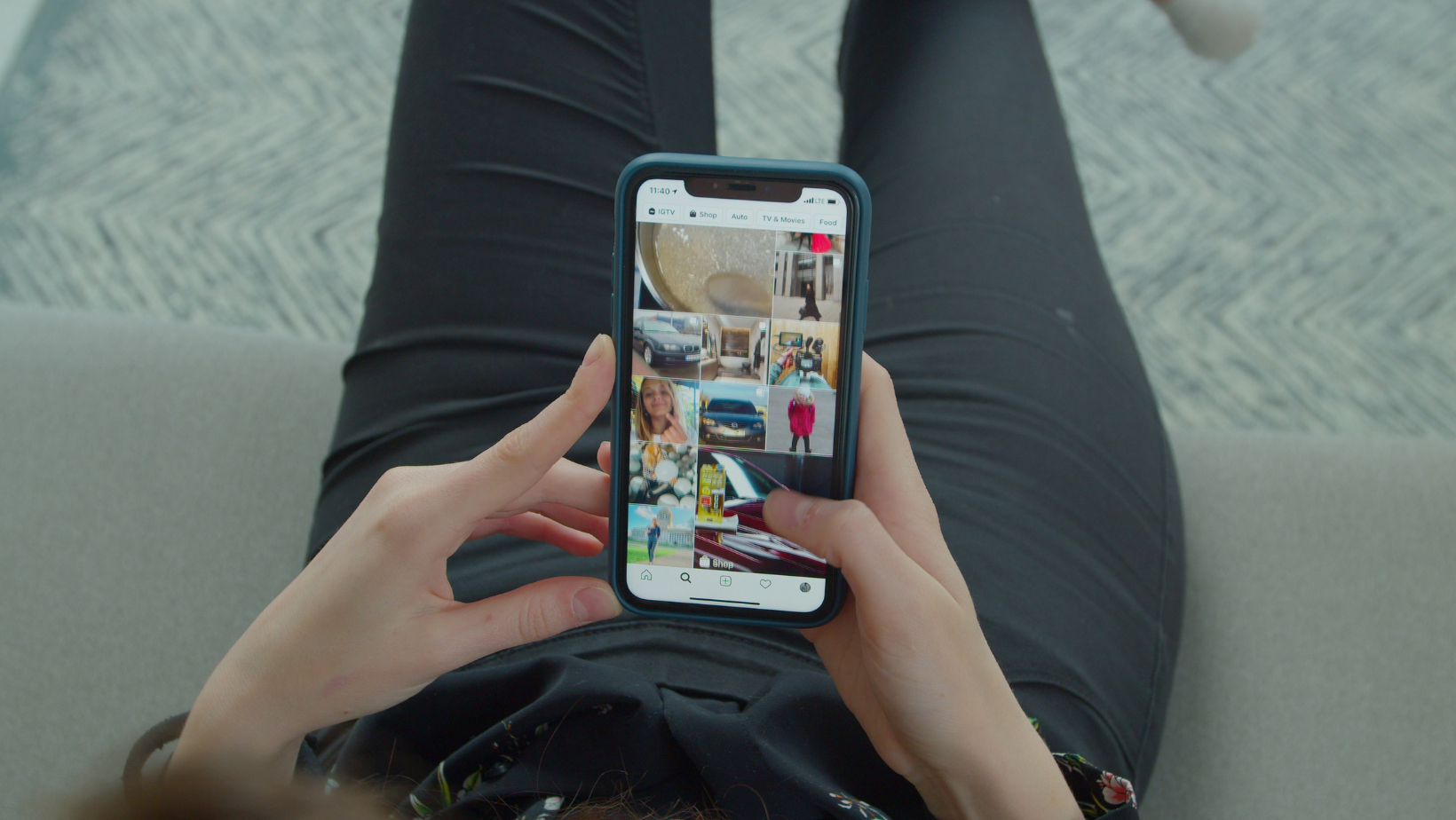The Changing State of Sponsored Content
Millions of people are working from home and spending more time in front of their screens. The result? Social media usage is up dramatically year-over-year, with some platforms showing increases of more than 60% relative to historical benchmarks. This jump in user activity is providing a wealth of opportunity for eager brands – but how has the role of the influencer changed to meet the unique demands of today’s advertiser?
Social media users are a captive audience with median screen time increasing over 100% for some honest sharers, many of whom took to Twitter to share screenshots of their weekly iPhone screen time reports. All these extra eyes on social newsfeeds opens tremendous additional impression volume for digital advertising. Many brands who have chosen to supplement traditional campaign efforts with paid influencer strategies might be re-evaluating their budget splits across tactics.
Amid the current pandemic, which has impacted both social and economic normalcy, brands have a unique opportunity to build one-to-one relationships with new and existing followers as consumer demands continue to evolve. Conversion-focused “purchase driven” messaging is falling away to make room for loyalty, value-based, and CSR related content.
Jason Bagley, an executive creative director at ad agency Wieden+Kennedy Portland, tells HuffPost:
“Marketing pretense and fabrication will be sniffed out in seconds.. But if brands know who they are, then all they have to do is respond authentically and courageously to whatever is currently happening, and it will connect. That’s a brand’s best insurance.”
Though no one expects retailers to completely cease attempts to drive much-needed revenue, browsing sponsored content on Instagram these days has been a mildly refreshing undertaking. Extravagant travels, staged outings, and glamorous parties promoting product lifestyles have taken a back seat to allow for more socially conscious material.
Do brands really need to pay a 3rd party to promote their intrinsic values?
The shared experience of “slowing the curve” by remaining isolated (when possible), is serving as an incredible reality, paving the way for a new wave of brand building. Innovative marketers should be taking the time to craft campaigns focused around community support, dedication to staff and brand loyalists, and trust that sales will rebound over time as a direct result of these efforts.
In conclusion, though the coronavirus has not completely killed off the influencer industry at large, our reeling global communities are hungry for authentic brand experiences rooted in ethics, outreach, and promoting a return to less overt sales tactics.








